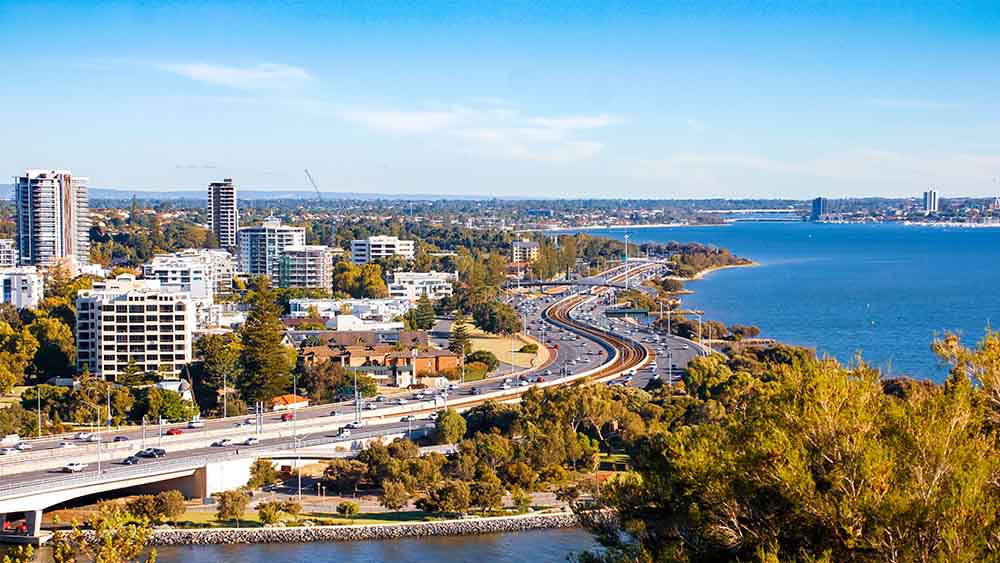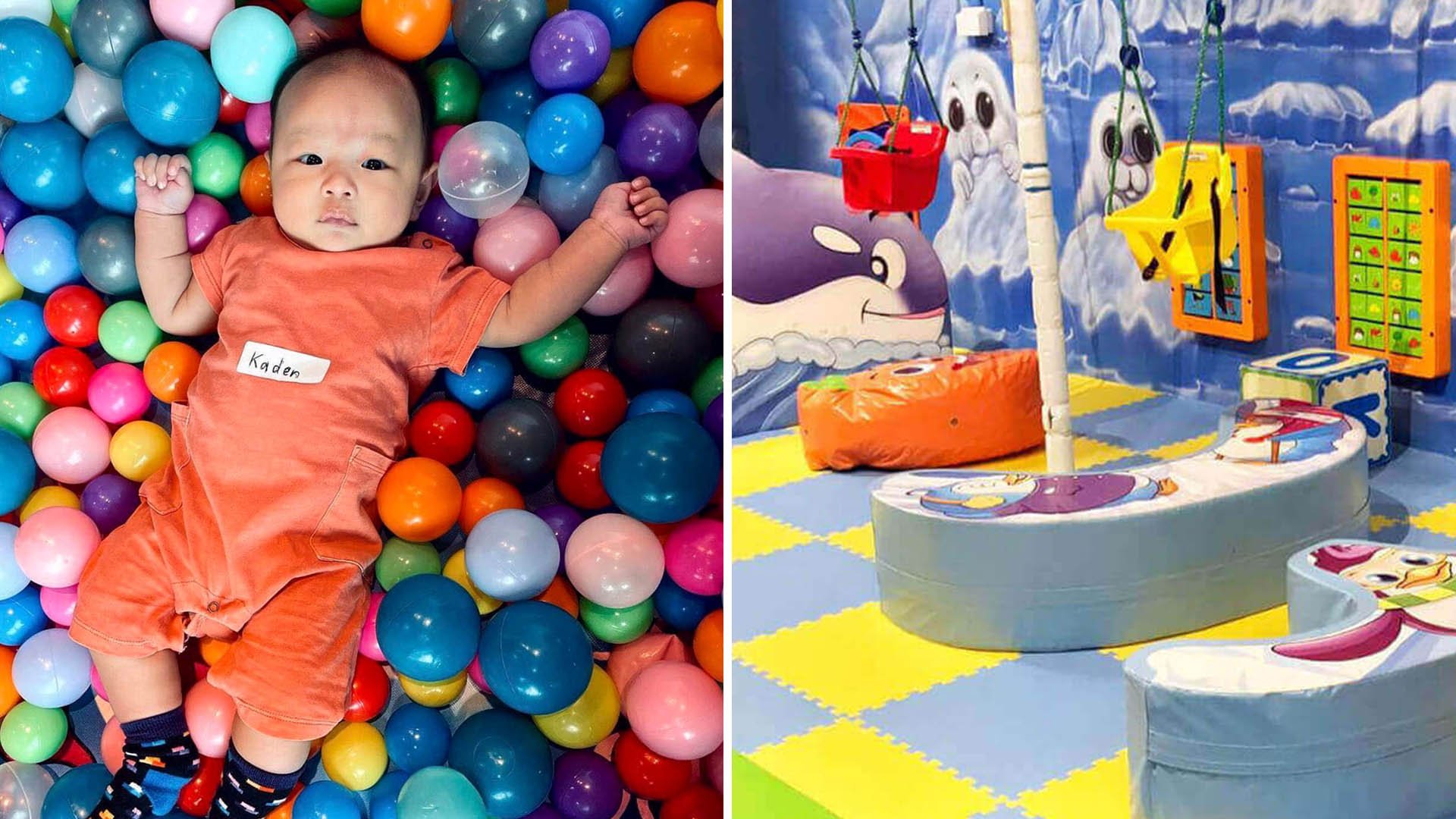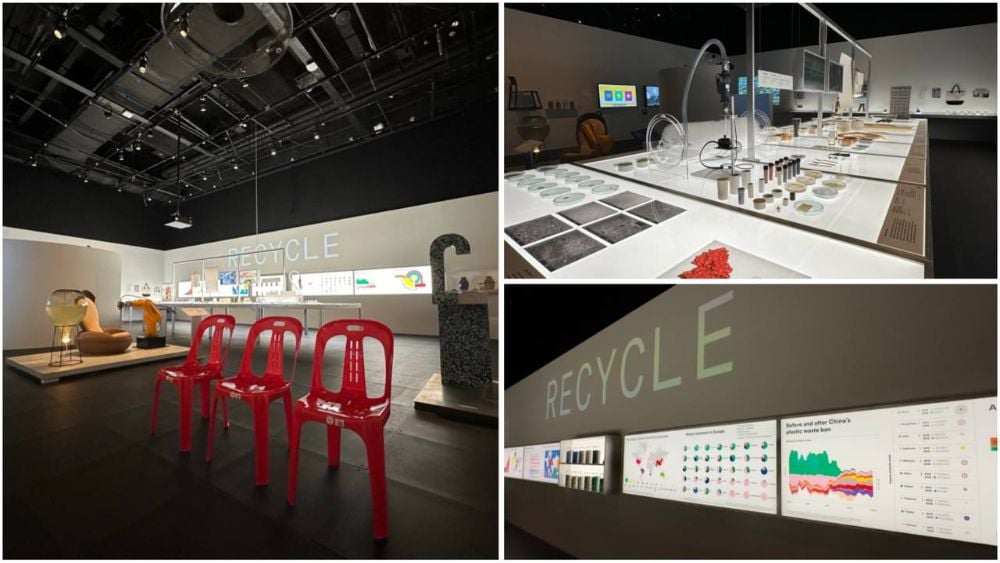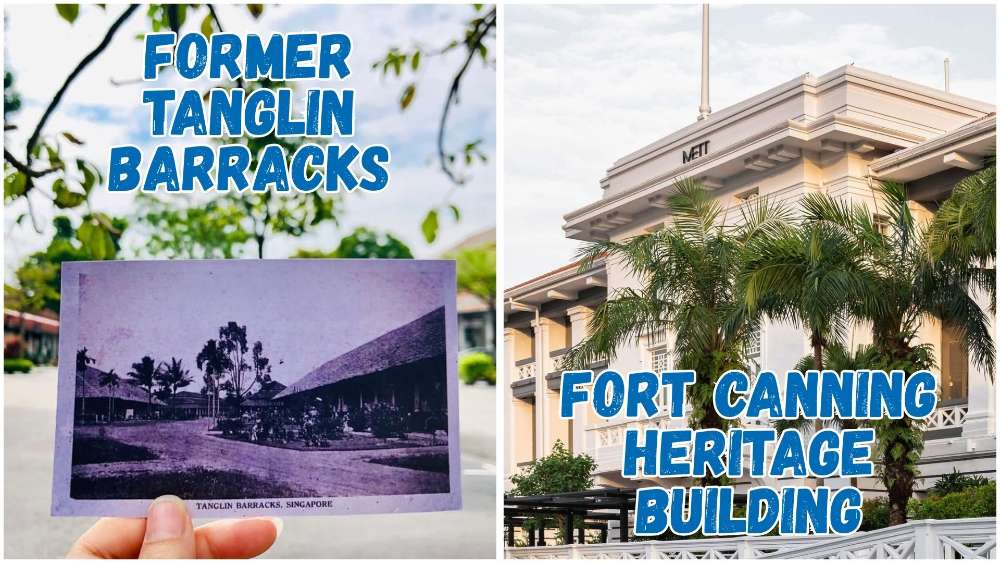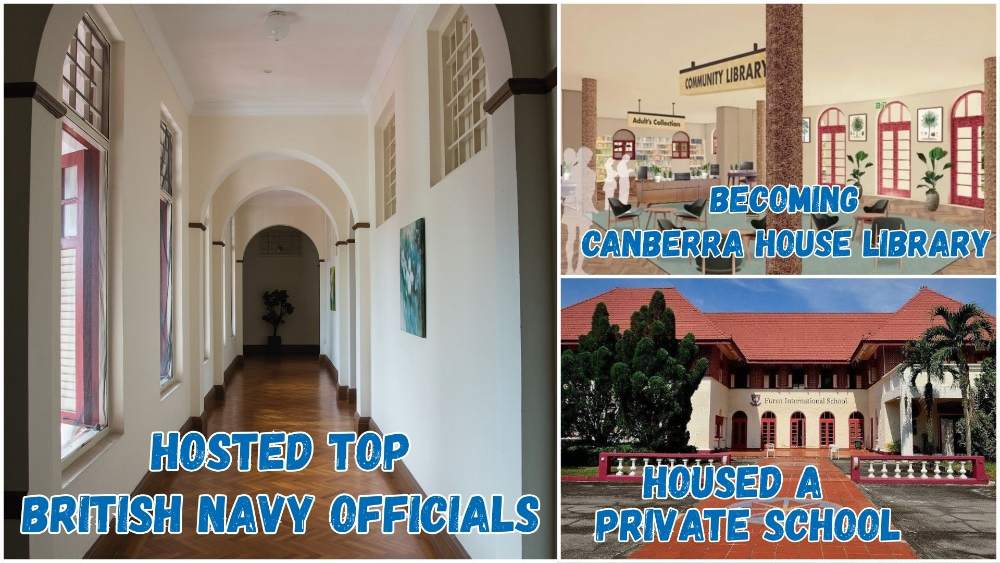Plastic Unwrapped: See The Good And Ugly Side Of An Everyday Material
Plastic.
It’s a ubiquitous material that’s necessary for almost everything we use every moment of our lives. On one hand, it's an awesome material, one that’s improved our lives tremendously.
On the other hand, it is critically harming the environment: thousands of marine animals are killed after ingesting plastic or getting entangled in it; disposable plastic sticks around for ages and fills our environment as debris; and microplastics are found in everyday food, and more.
Opening on 27 Jan, National Museum of Singapore’s newest exhibition, “Plastic: Remaking Our World”, will make its Asian debut, and show you the pros and cons of plastic. You can follow its rapid rise as a synthetic material in the 20th century and its environmental impact, and discover cutting-edge solutions for a more sustainable use of plastics in today’s world.
Which begs the question: is plastic good or bad? Well, after touring the exhibition, we had a lot to unpack and discuss:
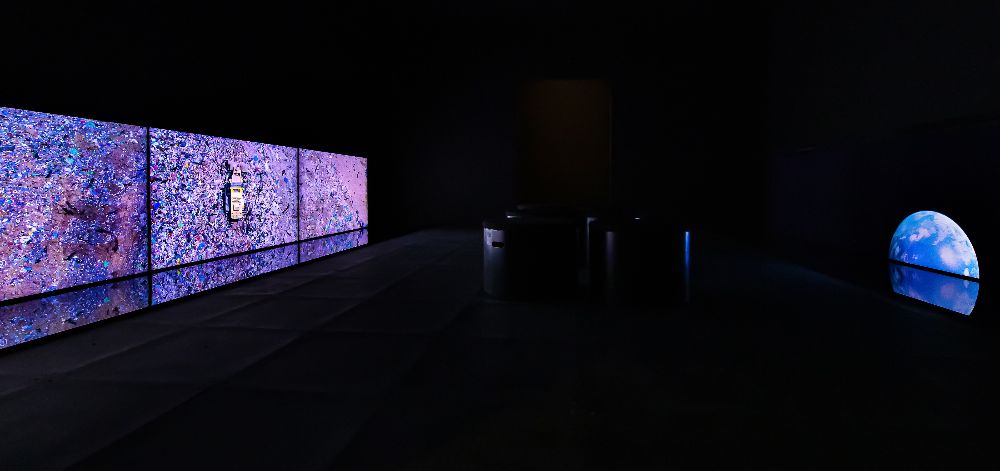 IMAGE: NATIONAL MUSEUM OF SINGAPORE
IMAGE: NATIONAL MUSEUM OF SINGAPORE
Kalpa
In 10 words or less: Moving film about how plastic pollution has degraded marine life.
Kai: Right off the bat, the exhibition began with a treat for the senses: Johann Strauss’ “The Blue Danube” served as a soundtrack for a 9-min film by Asif Khan (projected on both sides of the room), which showed the beginnings of marine life, and ended with plastic pollution harming it. Omg, I was so engrossed that I nearly had a heart attack when I glanced at the floor and thought there was a massive void - turns out, the transparent glass flooring at the sides was actually solid ground.
Nic: I thought you were going to fall down sia. Maybe they should put some warning signs or something. I like the fact that the touching video was done in the style of a Nat Geo doc. There’s limited seating so you can’t watch the whole thing if the exhibition is full #justsayin.
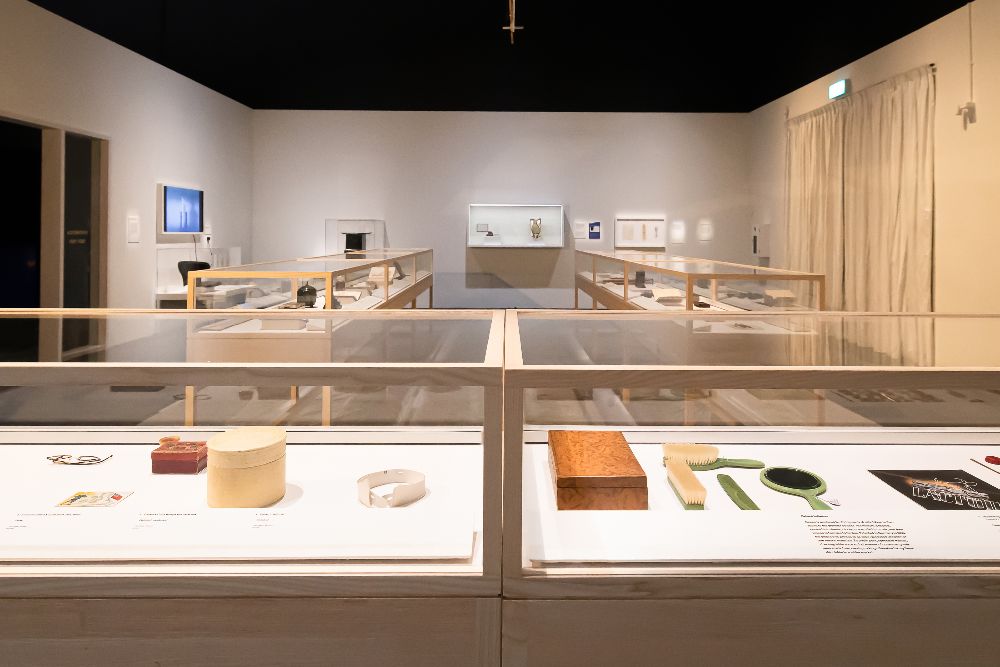 IMAGE: NATIONAL MUSEUM OF SINGAPORE
IMAGE: NATIONAL MUSEUM OF SINGAPORE
Synthetica
In 10 words or less: All about natural plastics, and the development of synthetic plastics.
Kai: So many compelling facts and curious displays in that one room. My biggest takeaway was that, sometimes, I forget that not all plastic is man-made. After all, before the invention of synthetic plastic some time in the early 20th century, natural plastics (such as horn and tortoiseshell) have been around for aeons. But because natural plastics became more scarce, people had to invent synthetic plastic as a substitute. (Enter capitalism and overconsumption.)
Out of all the thought-provoking titbits of info, my personal favourite was the anecdote about how the booming popularity of billiards in the mid-19th century (due to a lack of ivory from elephant tusks) was actually a main reason for synthetic plastic to be urgently invented.
Nic: Agreed. It was also really interesting to learn about natural materials that were the precursor to synthetic plastics, like the gutta percha (a material similar to rubber), used for submarine electric telegraph cables in the mid-19th century and native to Singapore. In fact, it was so in demand that until today, gutta percha is still critically endangered in Singapore. If you're visiting this exhibition, you really need to slow down, and take your time to read and appreciate the material.
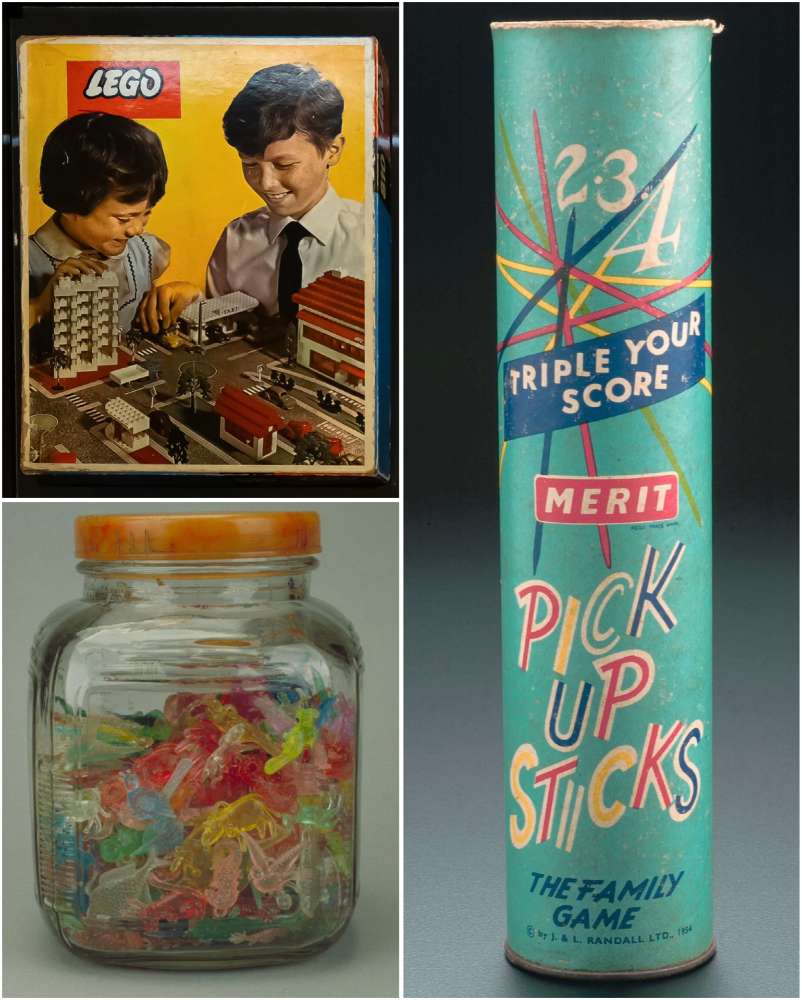 IMAGES: NATIONAL MUSEUM OF SINGAPORE
IMAGES: NATIONAL MUSEUM OF SINGAPORE
Petromodernity and Plasticene
In 10 words or less: All about the accelerated evolution of plastic as a material.
Kai: It’s crazy to see how fast and far we advanced in the 20th century with the invention of synthetic plastic. We really started from wanting to continue the production of billiard balls to making bulletproof cockpit windows for fighter jets in the world wars. This section, in a word: nostalgia. Kids nowadays (iPad kids where ya at?) probably won’t know the traditional games I caught sight of among the displays - pick-up sticks and kuti-kuti anyone?
Nic: NGL - I wanted to take the vintage Lego set home. The box condition was also quite good for its age. On a serious note, this was where I realised that quite a lot of stuff I own is probably made of plastic - the toys, my football jerseys (made of recycled plastic), and the stack of Tupperware hiding in my kitchen cupboard.
I also wanted to take home the “space age” chair haha. I think it’s quite cool that you can scan the QR code to see a “local” version of the exhibit online, in this case, old-school SG-made space-age furniture. I would much prefer it if I could see the actual thing in front of me, but maybe because this is a travelling exhibit, the organisers probably have more than enough stuff to transport.
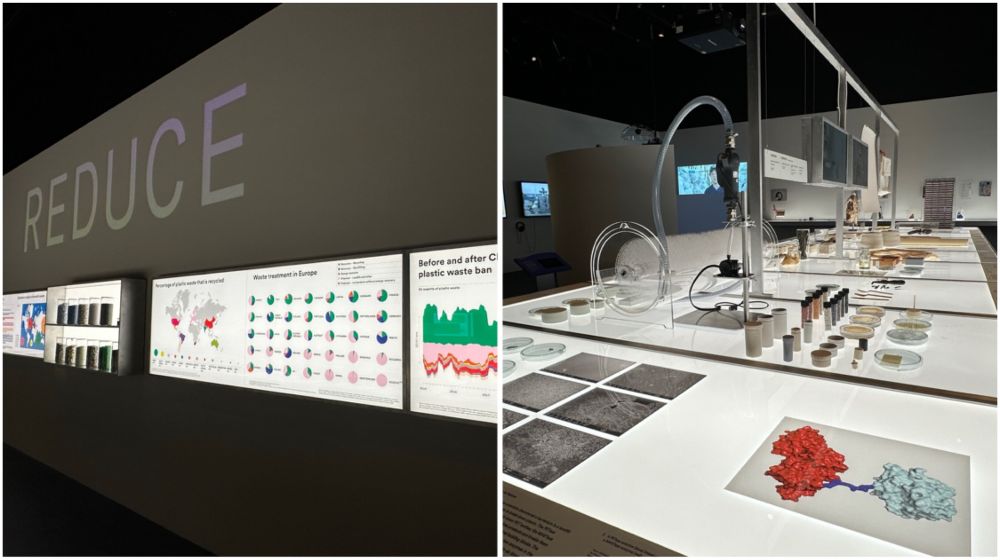 IMAGES: NG KAI
IMAGES: NG KAI
Re-
In 10 words or less: A place to start conversations about sustainable plastic usage.
Kai: So, is plastic good or bad? Well, that depends on what we do with it. It's great to see people becoming more aware of the irreversible damage plastic has done, and wanting to improve our environment. I really hope we can achieve a circular plastic economy, and strike a balance between sustainability and convenience.
Nic: It’s very inspiring to see all the innovative ideas and initiatives to use plastic in a more sustainable fashion. I mean, plastics made from mushrooms and seaweed? Who knew! And edible food packaging? I’m imagining being able to dabao cai png, and eating the box if I am still hungry lol. Seriously though, how cool is it that the packaging is edible, and, as a result, biodegradable?
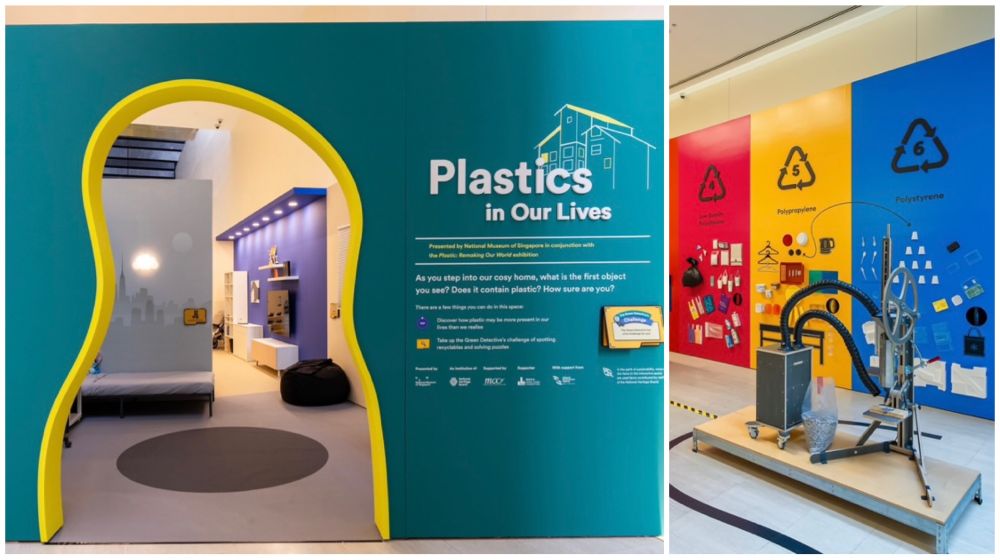 IMAGES: NATIONAL MUSEUM OF SINGAPORE
IMAGES: NATIONAL MUSEUM OF SINGAPORE
Interactive space
In 10 words or less: A fun, interactive and educational space modelled after a home.
Kai: Tbh, it reminded me of an IKEA showroom lol. This vibrant space will definitely appeal to families with kids, compared to other more sombre sections within the exhibition. What's bound to be fun: the on-site gamified experience where you can test your knowledge on recycling and various plastics.
Nic: This space taught me that my umbrella and window blinds cannot be recycled - I really didn’t know that! Super useful in learning what stuff in the home can and cannot be recycled. I agree that the kids will have more fun here than inside the exhibition, where things can be a bit more cheem.
For the latest updates on Wonderwall.sg, be sure to follow us on TikTok, Telegram, Instagram, and Facebook. If you have a story idea for us, email us at [email protected].
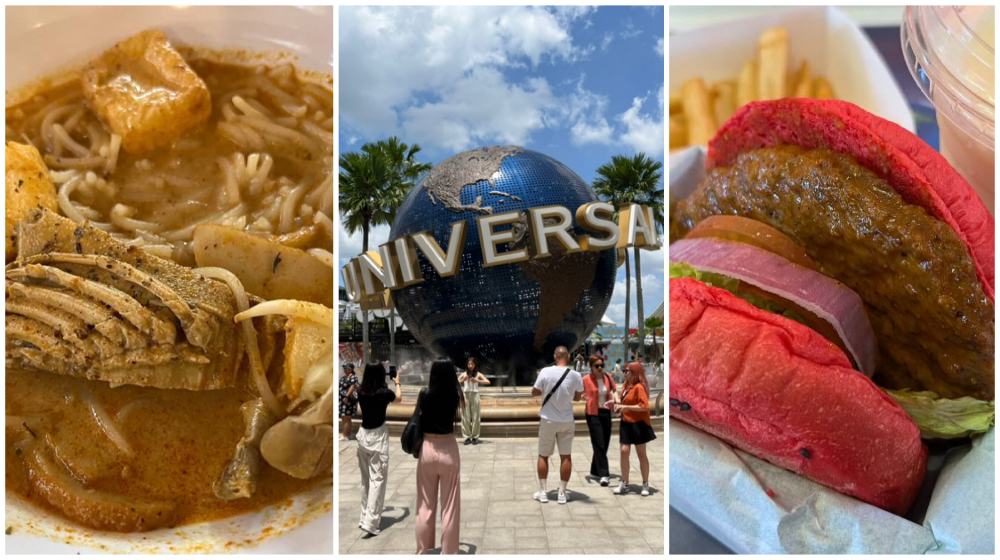

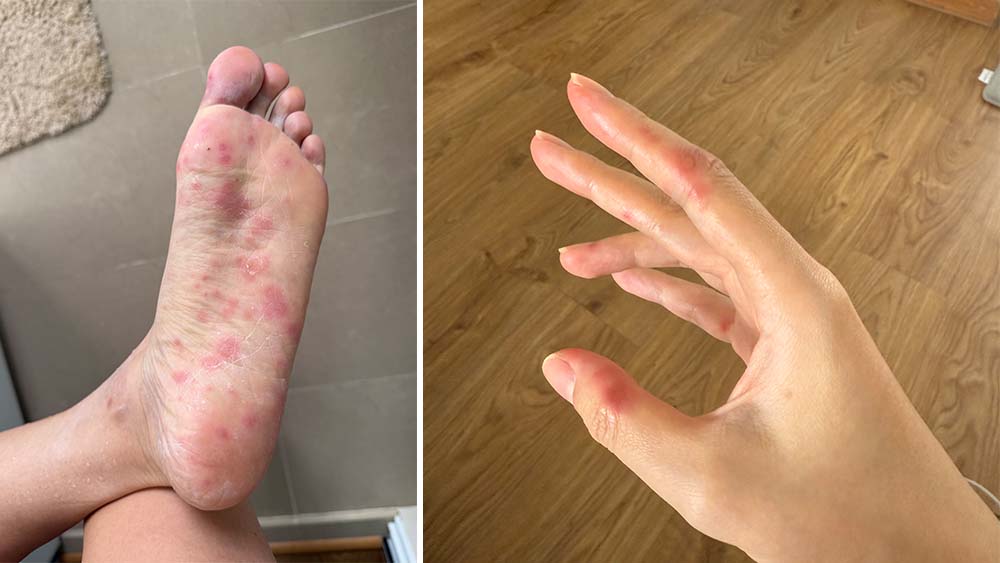
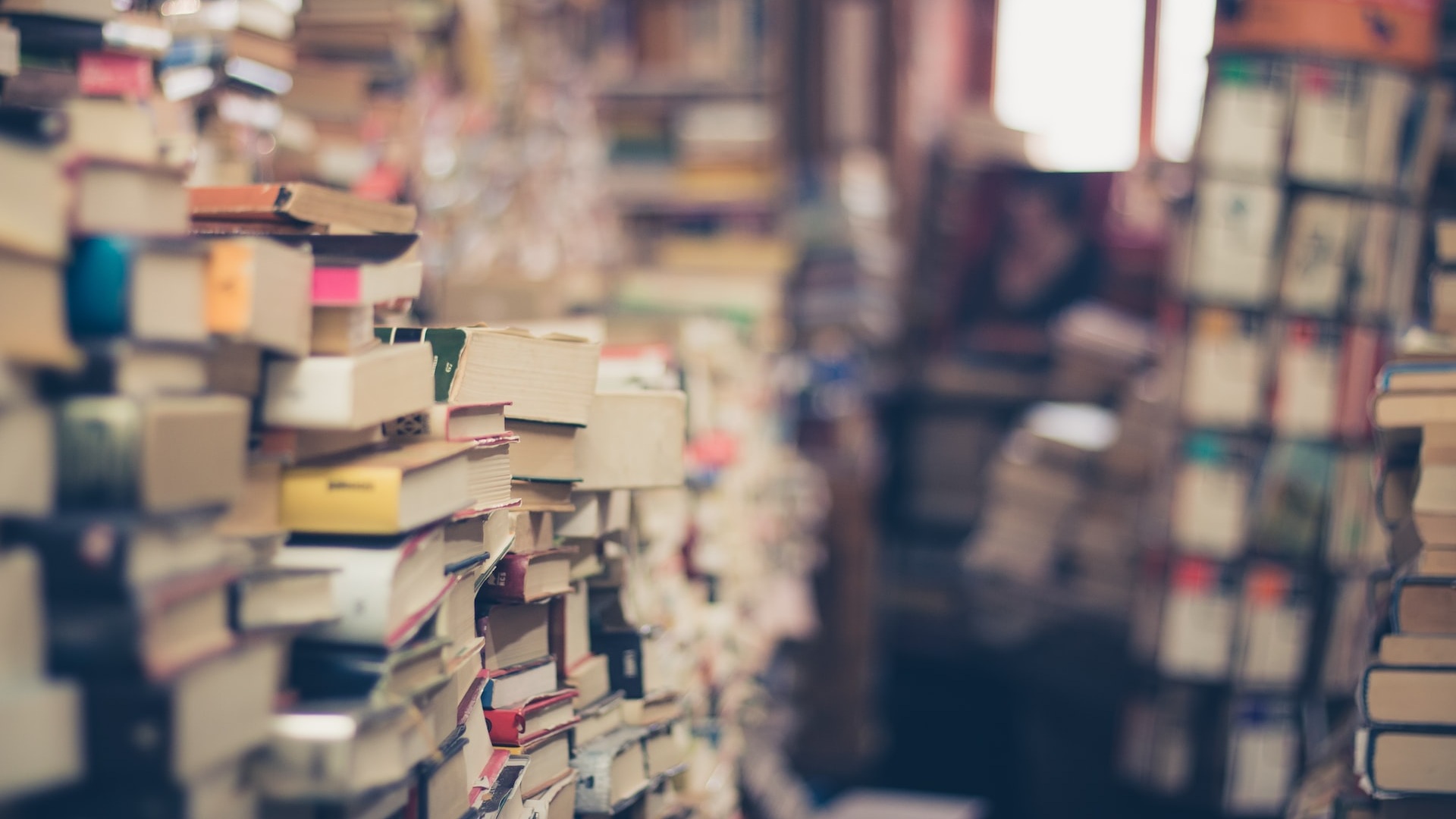
.jpg?sfvrsn=19bc84b0_1)
